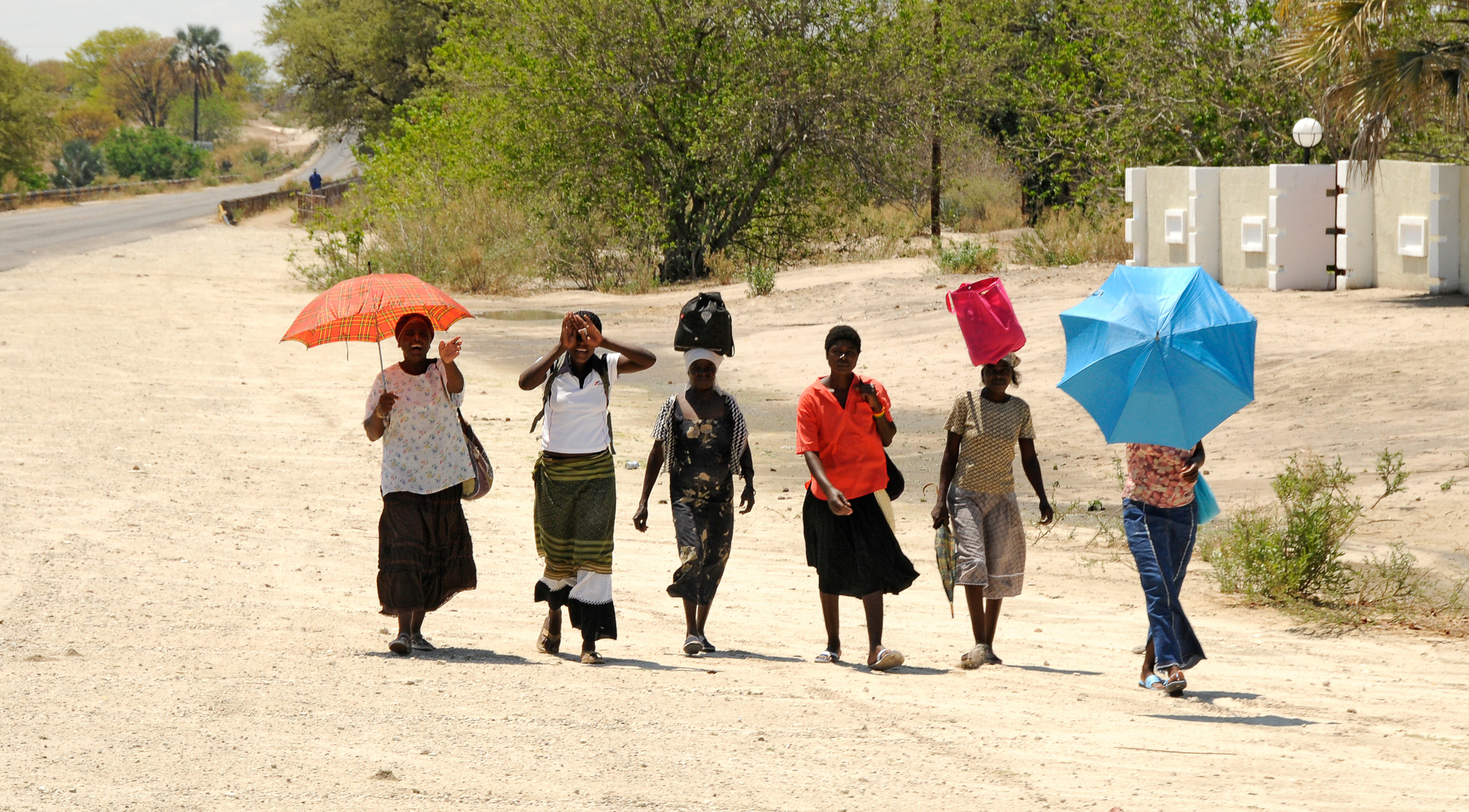Business environment risk: Upgrades continue to prevail while the economic outlook requires caution

In the framework of its regular review of business environment risk classifications, Credendo has upgraded 16 countries and downgraded 2 countries. The fact that upgrades prevail, confirms the ongoing gradual trend that is partially reversing last year’s worldwide downgrades. This reversal is possible thanks to the improving economic outlook for many countries and strong commodity prices. However, the 2022 outlook still requires caution due to the persisting impact of the pandemic – with the spread of the new variant and because of low vaccination rates in most low-income countries – and a potential gradual tightening in global monetary conditions.
Business environment risk

- Armenia: upgrade from F/G to E/G
After a deep recession in 2020, driven by the Covid-19 shock and a military conflict in Nagorno-Karabakh, the Armenian economy is gradually recovering thanks to strong domestic and external demand. Real GDP growth is projected to reach around 5% this year, a strong level but not sufficient to return to its pre-crisis level in real terms. In 2022, real GDP growth is expected to remain strong at about 5%, despite large downside risks stemming from the Covid-19 evolution, geopolitical risks, lower growth in key trade partners and a tightening of the global financial conditions. On the positive side, following its re-election in June 2021, the government seems willing to continue to implement fiscal and structural reforms. When looking at inflation, Armenia is not an exception. Indeed, the inflation rate reached 9.6% in November 2021. To stem inflation pressures, the central bank increased its interest rates six times this year. Hence, the refinancing rate increased from 5.25% in December 2020 to 7.75% in December 2021 and as a result, financing costs are on the rise. Overall, Credendo decided to upgrade Armenia for the business environment risk to reflect the strong recovery and the stabilisation of the exchange rate, while taking into account the risks arising from high inflation, the rise in financing costs and difficult access to credit.
- Botswana: upgrade from E/G to D/G
Following Botswana’s 8.5% economic contraction in 2020, caused by the severe Covid-19-related fallback, the 2021 economic rebound is set to be the strongest in Sub-Saharan Africa. GDP growth is anticipated to reach 9.2% this year and would remain strong at 4.7% in 2022. Higher inflation and a wider current account deficit have exerted some downward pressure on the pula in 2021. Inflation is expected to reach 5.8% by the end of this year and would tone down to 5% next year. The current account deficit has lowered from about 10% of GDP in 2020 to an estimated 4% in 2021, thereby further easing currency pressure expectations. With low lending costs, credit to the private sector has been recovering. Consequently, the business environment risk has improved further, allowing for an upgrade from E/G to D/G. To sustain strong growth in the longer run, economic diversification away from the dominant diamond sector continues to be a key objective for Botswana.
- Singapore: upgrade from D/G to C/G
Last year’s downgrade of the business environment risk has been reversed as Singapore has been upgraded from D/G to C/G. This move reflects the economic recovery that has been going on since mid-2020, driven by an export boom. After a 5.4% contraction in 2020, GDP is expected to grow by 6% this year. Still, Covid-19 waves and the related impact of domestic restrictions on activity have been hindering the recovery. Such volatility might continue with the Omicron variant, and weigh on economic activity in 2022 as well. Next year, GDP growth is forecasted at 3.2%. However, the authorities’ choice for ‘living with Covid-19’ – which implies less stringent Covid-19 restrictions – and Singapore’s high trade and economic openness in a context of continued global recovery, are likely to support the economic momentum. Therefore, economic normalisation is going to move forward. The main downside risks for 2022, besides Covid-19, come from a deterioration of the US-China trade war, the Chinese slowdown and a relatively weaker global export demand. While the Singapore dollar is expected to stay rather stable, Singapore also has to cope with inflation pressures – at 3.2% in October – that are likely to persist in the coming months as a result of supply chain bottlenecks and high energy and food prices.
- Turkey: downgrade from F/G to G/G
A recent publication mentioned that Turkey’s country risk ratings were stable. However, the resignation of the Minister of Finance and a sharper-than-expected depreciation of the Turkish lira have led Credendo to downgrade its business environment risk rating from category F/G to G/G. Indeed, the credibility of the fiscal policy is likely to weaken following the resignation of the Minister of Finance, who was seen as orthodox. This would further affect foreign investor confidence. On the other hand, the central bank cut its one-week repo rate (to 14%) in December, for the fourth consecutive month. Moreover, it has intervened in the exchange rate market to support the exchange rate that is further weakening the country’s already weak liquidity. All in all, the very sharp depreciation of the Turkish lira and the high and rising inflation (21.3% in November) are likely to dampen companies’ creditworthiness. The worst affected will be companies that have no income in foreign currency and that are not able to increase their output prices when facing a sharp increase in input prices (e.g. 50% increase in minimum wage, cost of imports, high domestic prices). In this highly uncertain context, the business environment is set at the highest risk level despite the still positive real GDP growth and large access to credit.